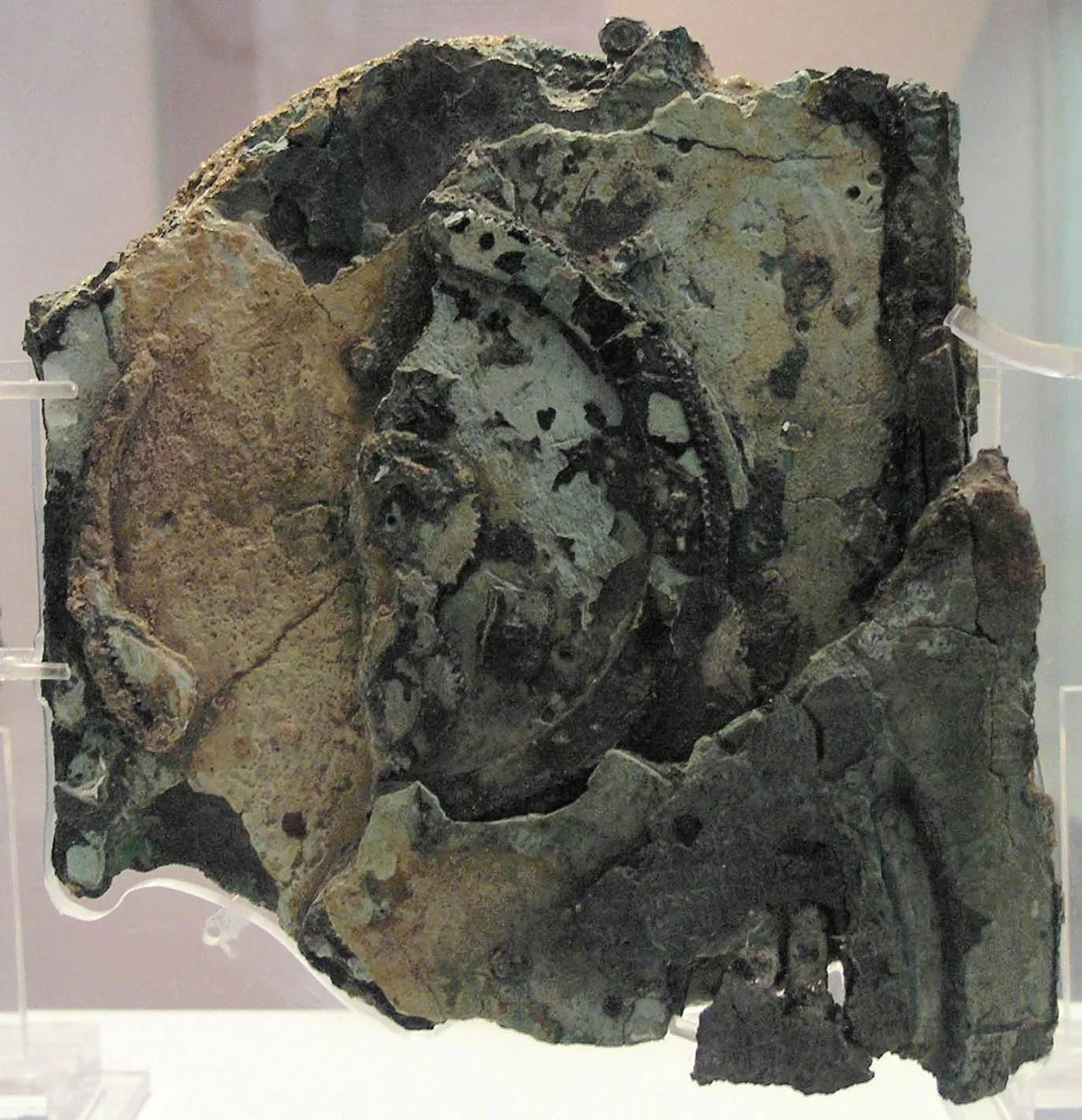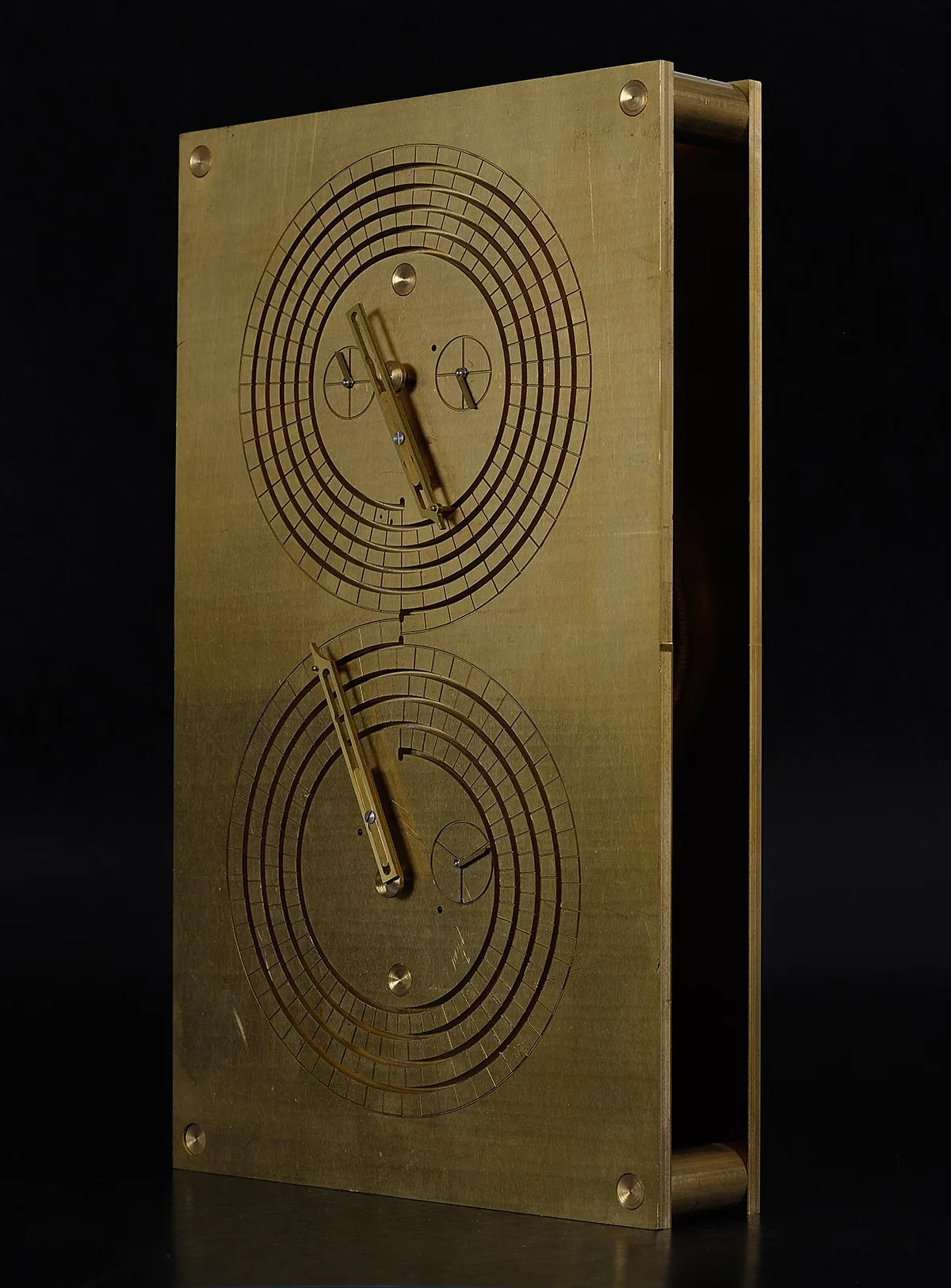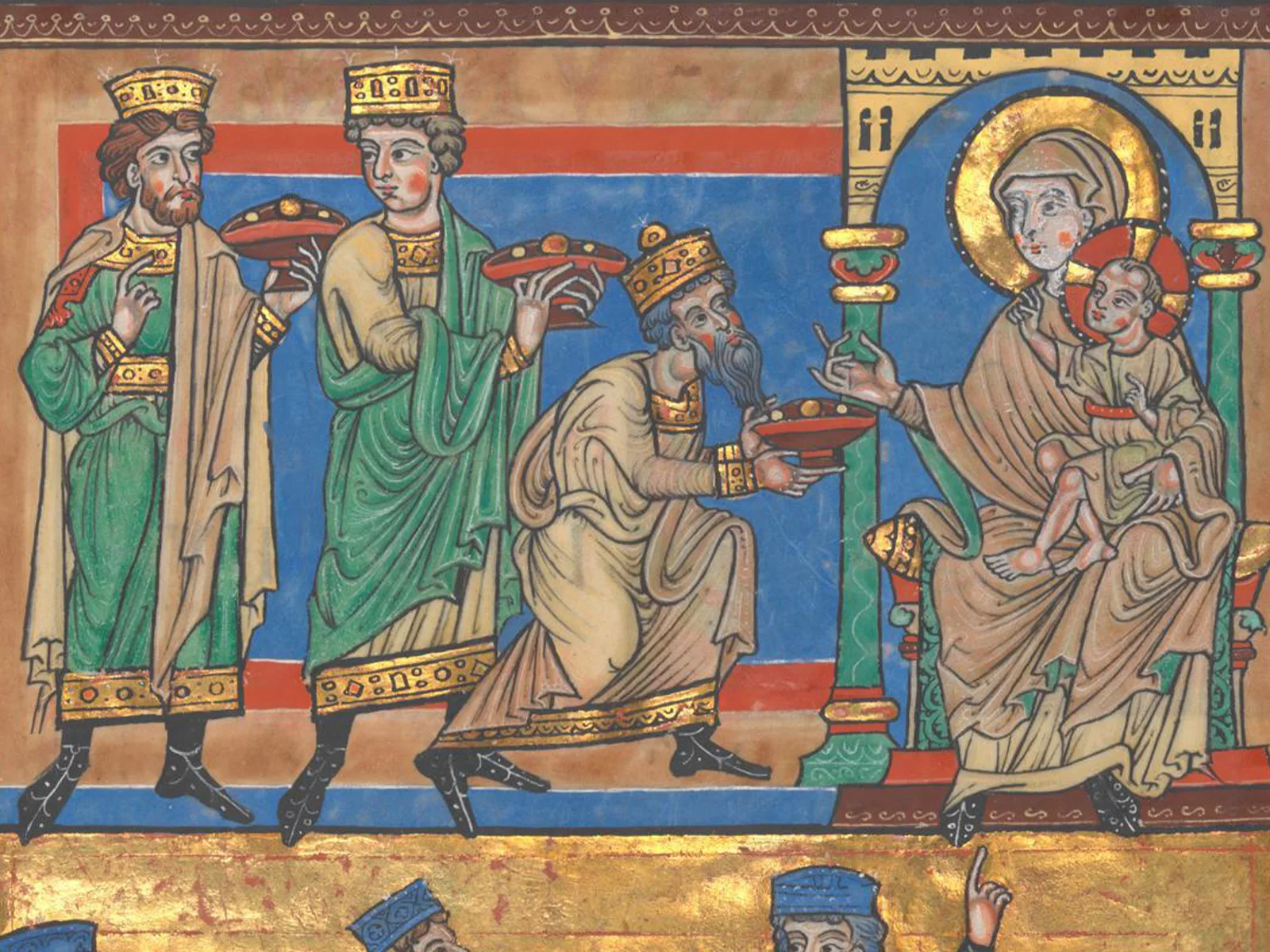
An ancient Greek computer
After decades of research, a seemingly innocuous find retrieved from a Roman shipwreck was revealed as a sensational scientific discovery, proving that the ancient Greeks were capable of making mechanical models of the cosmos with hitherto unimagined precision. The ‘Antikythera Mechanism’ is an analogue ‘calendar computer’.





Reconstruction of the Antikythera Mechanism. Ludwig Oechslin ochs and junior
TV documentary about the Antikythera Mechanism. YouTube / BBC



